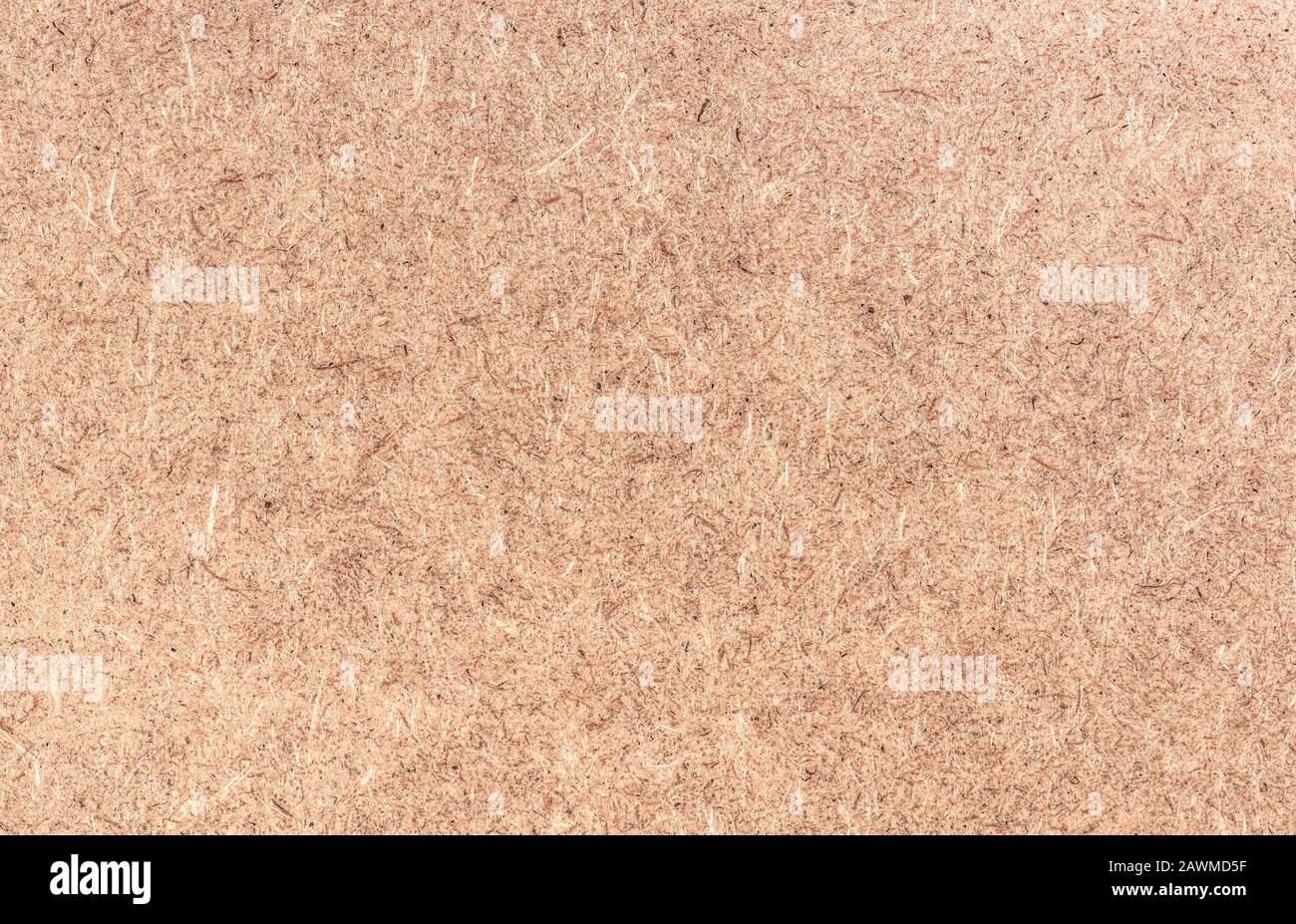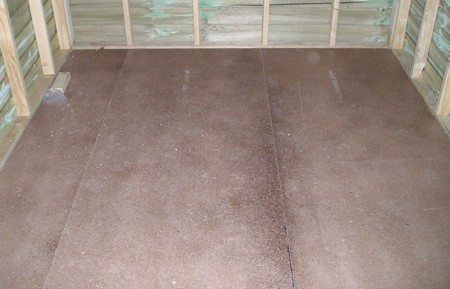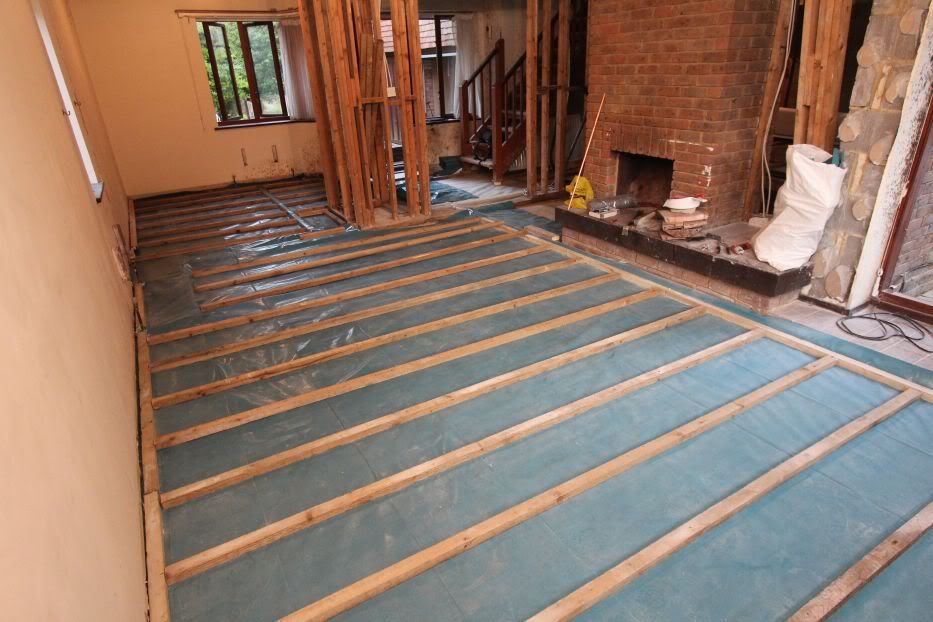It can be either offset as here or equal tongue and is laid from the wall thick side up groove first placing the next board s groove onto the front face tongue.
Chipboard flooring which side up.
As a general set up i will have a pile of boards all facing the exact same way so i don t need to think too much about which way to start marking the board and am less likely to cut from the wrong end.
Tongue and groove chipboard is a type of particle board made up of sawdust and resin.
The tongue and groove edges make for a strong bond between the boards.
It is used like plywood as a subfloor beneath tile hardwood and laminate flooring.
I will push the tongue against the wall meaning each row will have the.
It was the only flooring used throughout my native new zealand until the advent of particle board strand board flooring introduced in the 1970 s.
They are relatively cheap and quick to lay.
Solid timber has a longer life span than chipboard flooring does but high density chipboard is less expensive and quite durable.
High density chipboard can be used as sub floor with various types of flooring such as slate tile stone wood carpet or vinyl flooring.
Step by step guide for how to lay chipboard flooring.
These features include tongue and groove connections a finished face that makes laying flooring on top easy and panel sizes that are easy to transport and handle.
Step 1 decide on the right type of chipboard.
Standard size sheets are 2400mm x 600mm and available in two thicknesses 18mm and 22mm.










